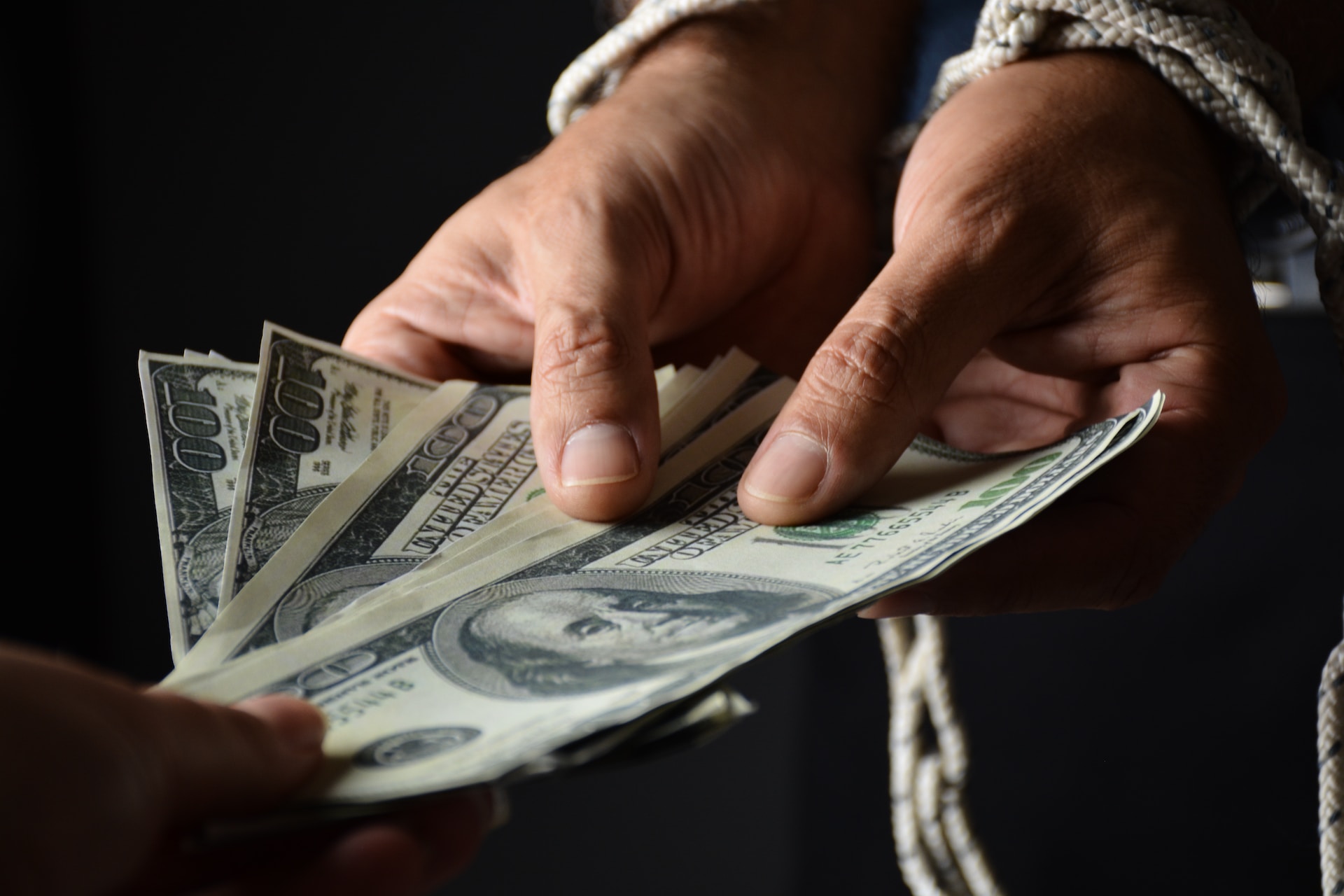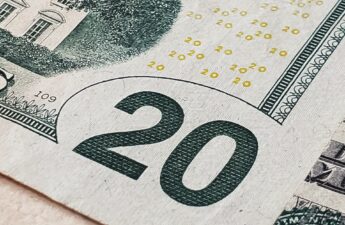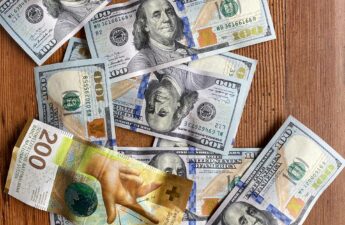Contents
- 1 Let’s find out about inflation
- 2 Definition of Inflation
- 3 Significance of Understanding Inflation
- 4 C. Preview of Key Points
- 5 Historical Perspective
- 6 Origins of Inflation
- 7 Notable Historical Inflationary Periods
- 8 Lessons from History
- 9 Types of Inflation
- 10 Demand-Pull Inflation
- 11 Cost-Push Inflation
- 12 Built-In Inflation
- 13 Sectoral Inflation
- 14 Creeping vs. Hyperinflation
- 15 Causes of Inflation
- 16 Monetary Factors
- 17 Fiscal Factors
- 18 C. Supply-Side Factors
- 19 Psychological Factors
Let’s find out about inflation
What is inflation-In today’s fast-paced global economy, understanding inflation is crucial for businesses and individuals alike. In this comprehensive guide, we will delve into the intricacies of inflation, from its definition to its far-reaching effects on various aspects of our lives. By the end of this article, you will have a profound grasp of inflation and its significance in the modern world.
Definition of Inflation
Inflation refers to the sustained increase in the general price level of goods and services over time. It is measured as an annual percentage, reflecting the decrease in the purchasing power of a currency. This phenomenon can lead to higher prices for everyday items, such as groceries and gas, and ultimately affect our standard of living.
Significance of Understanding Inflation
Why is it crucial to grasp the concept of inflation? Well, inflation impacts nearly every facet of our lives, from our personal finances to the strategies employed by businesses and governments. Here are some key reasons why understanding inflation is essential:
1. Economic Stability
Inflation plays a pivotal role in maintaining economic stability. A moderate level of inflation is often considered normal and even desirable. It encourages consumer spending, which, in turn, stimulates economic growth.
2. Investment Decisions
For investors, inflation can significantly affect the real return on investments. Understanding how inflation erodes the value of money is vital for making informed investment decisions.
3. Government Policies
Governments worldwide closely monitor inflation rates and implement policies to control them. These policies include adjustments to interest rates and taxation, which can have far-reaching consequences for citizens and businesses.
C. Preview of Key Points
This article will take you on a journey through the following key areas:
Historical Perspective
Origins of Inflation
To understand inflation fully, we must first explore its historical origins. Inflation is not a recent phenomenon but has been observed throughout human history.
Notable Historical Inflationary Periods
Throughout history, there have been periods of extreme inflation that reshaped economies and societies. We will examine some of these notable instances and the lessons we can glean from them.
Lessons from History
By studying historical inflationary events, we can gain valuable insights into how nations have coped with this economic challenge. These lessons can help us navigate the complexities of inflation in the modern era.
Types of Inflation
Demand-Pull Inflation
Demand-pull inflation occurs when the demand for goods and services exceeds their supply. This can result from increased consumer spending, government policies, or external factors.
Cost-Push Inflation
Cost-push inflation arises when the cost of production increases, forcing producers to pass on these higher costs to consumers. Factors like rising energy prices can trigger cost-push inflation.
Built-In Inflation
Built-in inflation, also known as wage-price inflation, occurs when expectations of future price increases lead to higher wages, creating a cycle of inflation.
Sectoral Inflation
This type of inflation is specific to particular sectors of the economy, often due to supply disruptions or changes in demand.
Creeping vs. Hyperinflation
Inflation can manifest in various degrees, from a slow, gradual increase (creeping inflation) to hyperinflation, characterized by rapid and uncontrollable price rises.
Causes of Inflation
Monetary Factors
1. Money Supply Expansion
One of the primary drivers of inflation is the expansion of the money supply by central banks. This injection of money into the economy can lead to an increase in demand and subsequently, inflation.
2. Central Bank Policies
Central banks play a pivotal role in controlling inflation through policies like adjusting interest rates and conducting open market operations.
Fiscal Factors
1. Government Spending
Excessive government spending can lead to inflation as the government demands more goods and services, driving up prices.
2. Taxation
Tax policies can either mitigate or exacerbate inflation, depending on their impact on consumer and business spending.
C. Supply-Side Factors
1. Production Constraints
Supply-side factors such as disruptions in the supply chain or reduced production capacity can lead to cost-push inflation.
2. Energy Prices
Fluctuations in energy prices, especially oil, can have a substantial impact on inflation, affecting transportation costs and energy-intensive industries.
Psychological Factors
Consumer and business expectations of future price increases can influence present-day inflation. If people anticipate rising prices, they may buy more now, increasing demand and driving inflation.


